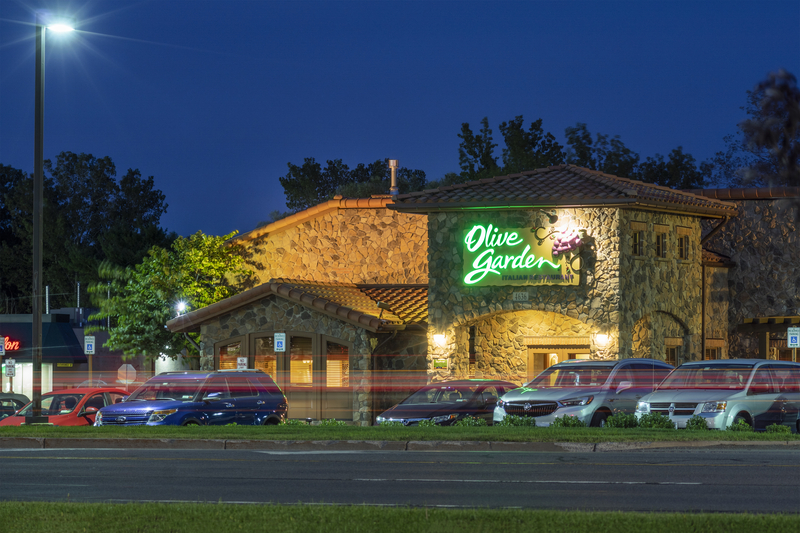New Jersey has one of the best independent restaurant scenes in America, so why are we all so obsessed with the chain restaurants?
In the vast and diverse culinary landscape of the United States, chain restaurants occupy a special place in the hearts and stomachs of millions. From coast to coast, chains like McDonald’s, Olive Garden, and Starbucks have not only become household names but also integral parts of the American dining experience. This phenomenon reflects a broader cultural fascination with convenience, consistency, and the comforting embrace of the familiar.
Chain restaurants, with their highly recognizable logos and ubiquitous presence, offer a sense of reliability that draws in diners. Whether it’s the golden arches of McDonald’s, the sizzling fajitas of Chili’s, or the endless breadsticks at Olive Garden, these establishments promise a uniform quality and experience, no matter the location. For travelers and busy families alike, this predictability eliminates the guesswork and potential disappointment of trying a new place, making it a safer choice when hunger strikes.
Another factor contributing to the popularity of chain restaurants is their extensive marketing efforts and brand presence. Companies invest heavily in advertising campaigns that create strong emotional connections with their audience. For many, a trip to Starbucks isn’t just about grabbing a coffee; it’s a daily ritual that offers a moment of solace in their busy lives. Similarly, the nostalgia of childhood birthdays at McDonald’s or post-game celebrations at Pizza Hut endear these chains to the hearts of many Americans, weaving them into the fabric of personal and cultural memories.
The convenience factor cannot be overstated. In today’s fast-paced world, chain restaurants with their drive-thrus, online ordering systems, and fast service fit perfectly into the lives of consumers looking for quick and easy meal solutions. This, coupled with their strategic locations in high traffic areas like malls, airports, and downtown centers, ensures they remain a go-to option for many.
Despite the allure of chains, there’s a growing trend of food enthusiasts and communities rallying around local “mom and pop” restaurants, driven by a desire to support small businesses and explore unique, authentic culinary experiences. These establishments often offer dishes prepared with local ingredients and a level of personal touch that chains typically cannot replicate. However, the challenge for many of these smaller restaurants lies in competing with the marketing muscle and economies of scale that big chains possess.
The debate between the merits of chain restaurants versus local eateries is ongoing, with factors like affordability, atmosphere, and dietary preferences playing significant roles in diner choices. Chain restaurants, with their special offers, kids’ meal deals, and loyalty programs, often present a more budget-friendly option compared to their independent counterparts.
If you read any social media thread about any small town requests, you’ll find “we need chain restaurants and box stores” often at the top.
America’s fascination with chain restaurants is a multifaceted affair, rooted in a blend of cultural, economic, and social factors. As the dining landscape continues to evolve, the place of chain restaurants within it seems secure, sustained by their ability to offer a consistent, convenient, and familiar dining experience. Yet, the growing appetite for diverse and authentic flavors suggests that the table is big enough for both chains and mom and pop restaurants to coexist, each catering to the varied tastes of the American palate.
